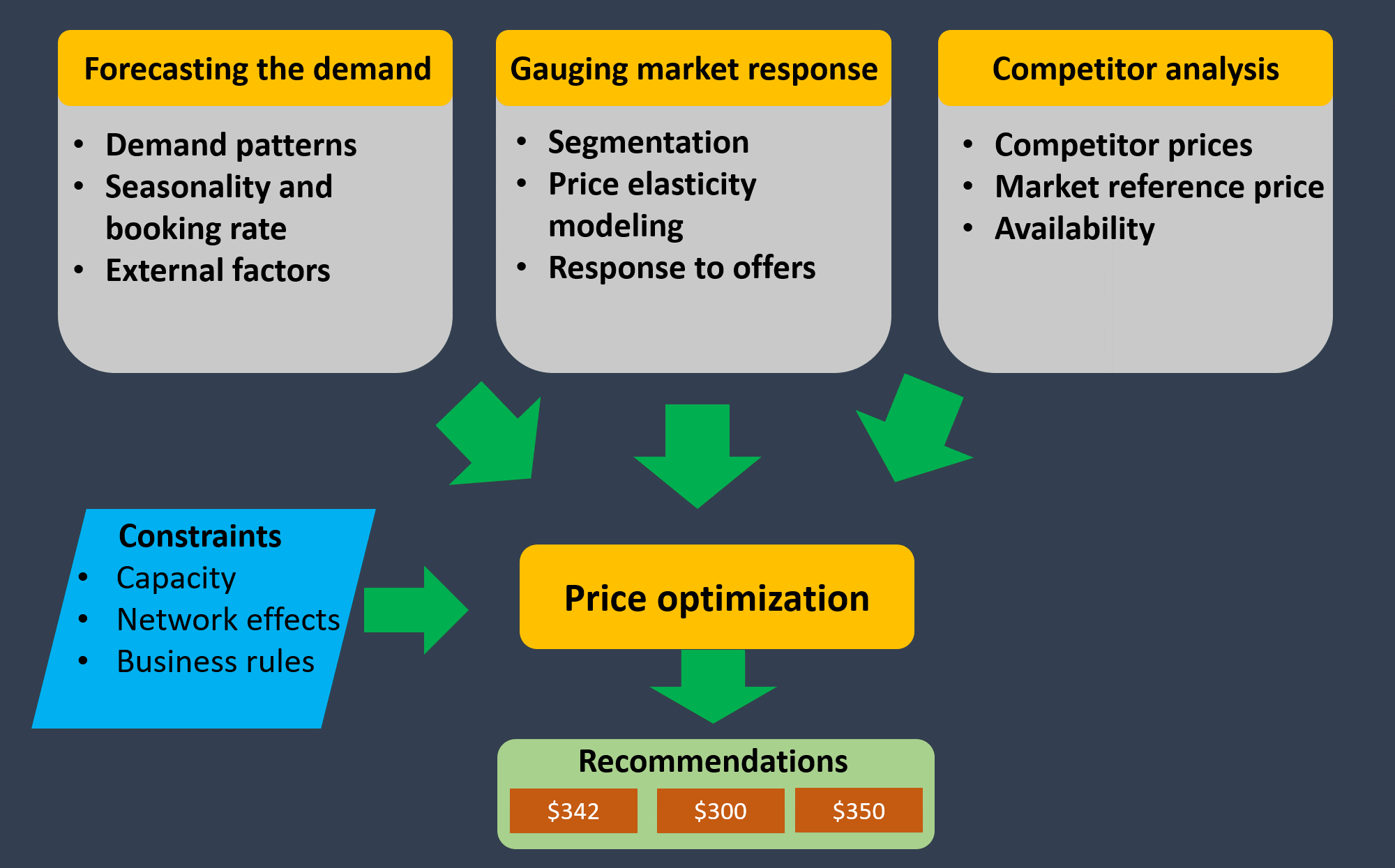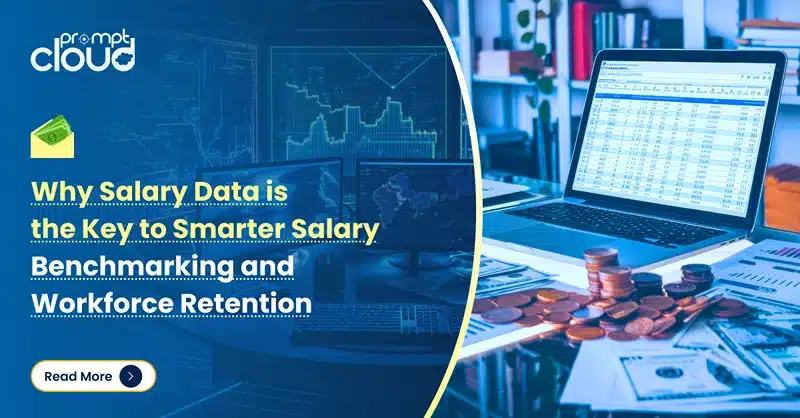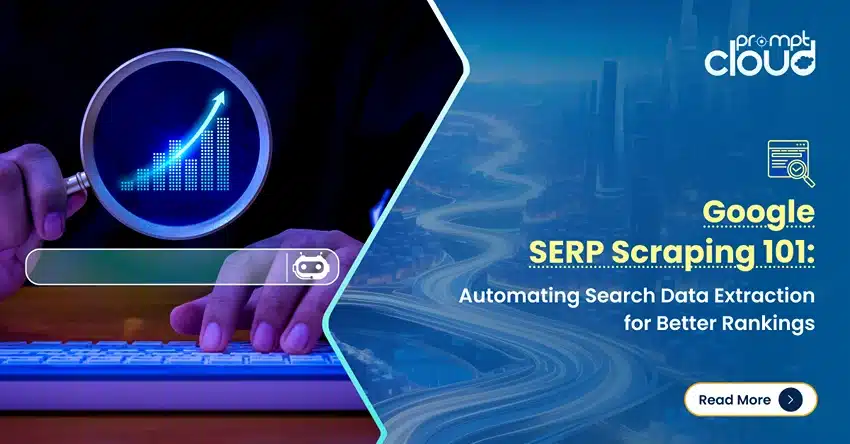Customer experience has been one of the biggest drivers of a high sales figure in the hotel industry. While service and customer experience will always remain important in the hospitality space, the inception of online travel agencies has partially made the market a lot more price-sensitive than it initially was.
Price-sensitivity is in fact something that was brought about by the e-commerce revolution, but it seems like it’s here to stay. The emphasis on price in e-commerce is slowly changing and user experience is likely to become a differentiator shortly.
The omnipresence of online travel portals means customers are exposed to great deals from your competitor, which is practically everyone when it comes to the digital realm.
In this sort of comparison shopping spree, you stand to lose the sale if your prices aren’t similar to or better than your competitors. Consumers now use price comparison portals that pull data from multiple portals and display them together for easy comparison in their hunt for the best deal.
So what’s the solution? It’s simple, you have to gear up your pricing strategy to stay ahead in the hotel industry.
Devising your pricing strategy
A good pricing strategy isn’t something that’s solely based on competitive pricing. Many other factors should be taken into account while devising a pricing strategy for your business. Before getting started with the process, there are some prerequisites.
1. Understand your buyer personas
Buyer personas help you refine your pricing strategy to an understanding of your customers’ willingness to buy at a certain price. This is crucial to pricing your offerings correctly. Your pricing strategy should accommodate buyer personas who are willing to pay more as well as those who are extremely priced sensitive.
2. Collecting the data
Collecting relevant data from the right sources is of utmost importance in pricing. You can analyze this data and create a value-based pricing model that appeals to different target segments. Pricing is a complicated process and the amount of data needed to get it right is huge.
Your internal data, along with competitor price data, are the most important data points you should be looking at. Your competitor’s pricing structure will have a huge role to play in your pricing strategy. Price data can be extracted from competitor websites and online travel portals using web scraping services.
Factors you should base your pricing strategy on
There are 3 most important factors that you should focus on while coming up with a pricing strategy.
- Demand
- Market response
- Competition
Forecasting the demand
Demand forecasting is a prerequisite for devising a long-term pricing strategy that you can depend on for at least the next 2 years. When it comes to predicting or forecasting something, the best thing to do is look at the past data and understand the seasonal patterns. This should give you the big picture and help you understand the seasonality and its correlation with the demand and booking prices. You will also have to consider the upcoming events and other external factors.
Sub-factors:
- Demand patterns
- Seasonality and booking rate
- External factors
Gauging the market response
Market response varies a lot, not just across various industries, but also within an industry. Hence, it’s imperative to understand how your market responds to your pricing changes and promotional activities. The results of this will have a big role to play in your pricing strategy. You should also group your customers into various segments to come up with a pricing structure that works well for the majority.
Sub-factors:
- Segmentation
- Price elasticity and modeling
- Response to offers
Competitive price modeling
As we said earlier, competitive pricing is not an option anymore, with the competition reaching a whole new level as a result of the price comparison portals and online travel agencies. This is where you should use competitive intelligence technologies such as web crawling. By extracting competitor prices from relevant web sources, you can evaluate where you stand in the competition and precisely know what it would take to beat them. Web crawling services such as PromptCloud offer near real-time crawls so that businesses can have access to their competitors’ live prices at any given time.
Sub-factors:
- Competitor prices
- Market reference price
- Availability
Blending the different models to find that sweet spot
Simply offering competitive pricing alone won’t cut it or might end up in you losing out on potential revenue. While customers are always on the lookout for the best prices, that’s not the only deciding factor. By identifying your selling points and smartly offering a price that’s good enough to make your customers take action, you can maximize your returns.
Constraints to the pricing
There are three major constraints you should keep in mind while devising a pricing strategy for your hotel.
1. Capacity
The capacity of your hotel is something you should consider before finalizing your prices. While it might make sense for a hotelier with a large number of rooms to let out to price very competitively, it’s not advisable if you are short on capacity. After evaluating the other factors, you should check if the pricing structure you have derived makes sense of your capacity.
2. Network effects
If the demand and value of a service increase according to its usage by more people, it’s known as the network effect. You should gauge this before finalizing the prices or set up the pricing system to automatically account for the network effect that you can identify.
3. Business rules
All businesses are bound to follow the rules and regulations put forward by the regulating bodies such as the government. This applies to the rules in pricing as well. You should ensure that your pricing strategy complies with the rules and regulations.
Conclusion
Pricing is a crucial process for any and every business and there’s no doubt about it. In the hotel industry, the stakes of getting your pricing right are especially high. It is also an ongoing battle that you should keep fighting with the help of a dependable pricing strategy and competitor price data extraction solution. On the bright side, the pricing process gets easier after every iteration, as the nuances of this process become clearer to you.



















